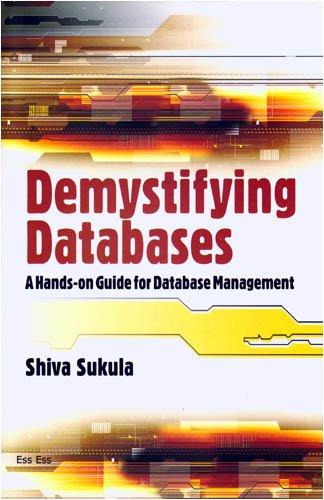Answered step by step
Verified Expert Solution
Question
1 Approved Answer
Let a cryptosystem (P, C, K, E, D) be perfectly secure where K = P = {0, 1}^L. Let E' be a new encryption function
Let a cryptosystem (P, C, K, E, D) be perfectly secure where K = P = {0, 1}^L. Let E' be a new encryption function defined over E where E'((k_1, k_2), m) = (E(k_1, k_2), E(k_2, m)). Show that E' is perfectly secure.
Help would be much appreciated!
Problem 9: (bonus 10 points Let a cryptosystem (P, C,K, E, D) be perfectly secure where K = P = {0, 1)". Let E, be a new encryption function defined over E where E'((A,k), m) = (E(k, k), E(k2, m)). Show that E' is perfectly secure. Problem 9: (bonus 10 points Let a cryptosystem (P, C,K, E, D) be perfectly secure where K = P = {0, 1)". Let E, be a new encryption function defined over E where E'((A,k), m) = (E(k, k), E(k2, m)). Show that E' is perfectly secure
Step by Step Solution
There are 3 Steps involved in it
Step: 1

Get Instant Access to Expert-Tailored Solutions
See step-by-step solutions with expert insights and AI powered tools for academic success
Step: 2

Step: 3

Ace Your Homework with AI
Get the answers you need in no time with our AI-driven, step-by-step assistance
Get Started


